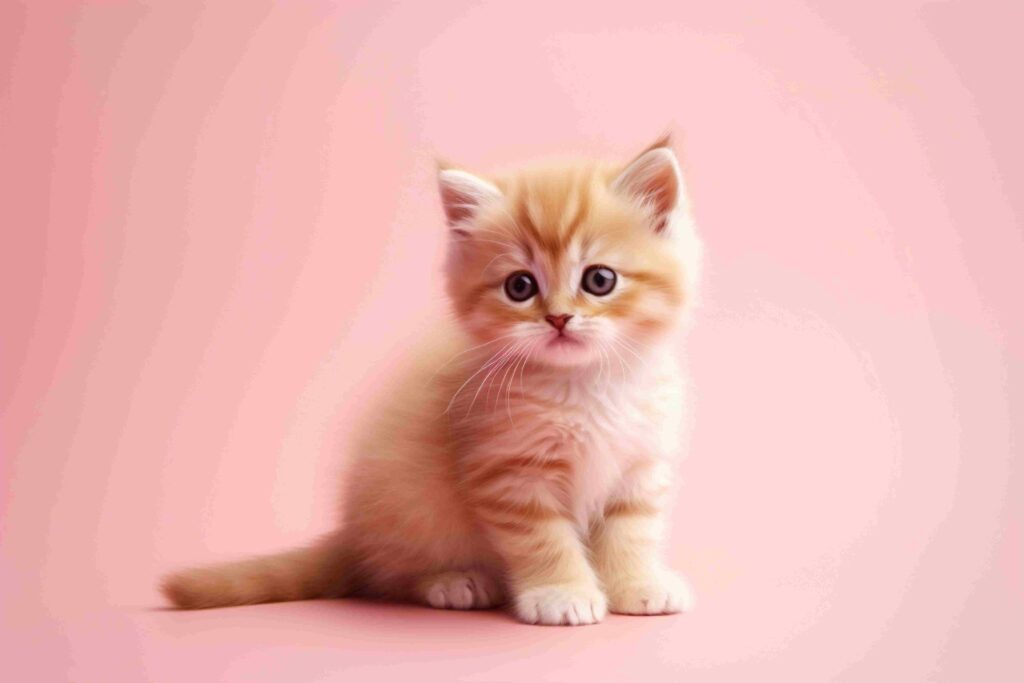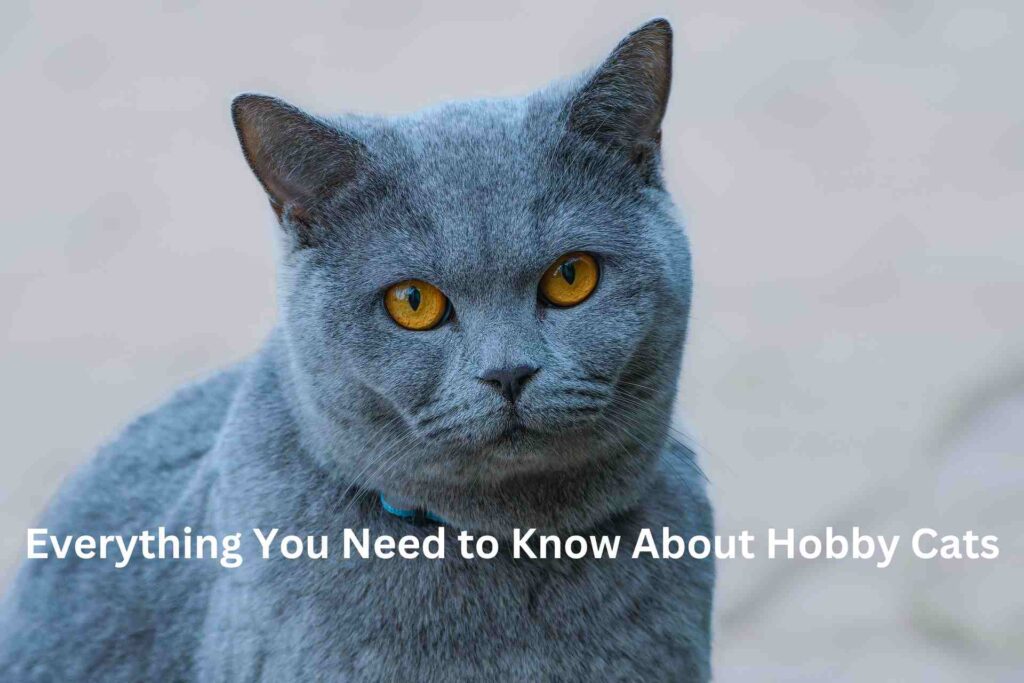
Because of their laid-back and amiable disposition, ragdoll cats make wonderful family companions. They like socializing with people and frequently ask for affectionate pats. Ragdolls make excellent companions since they are sensitive to human emotions and have empathy. Despite being one of the biggest domestic cat species, they are devoted and lively, with lovely blue eyes and incredibly velvety fur.
Because ragdoll cats are thought to be far more friendly than typical cats and because they enjoy being around people, they are sometimes referred to as “puppy cats” or “puppy-like.” It makes sense that they are a more and more well-liked option when you consider their large blue eyes, adorable cheeks, silky coats, and laid-back disposition. Here is the answer to your question about why Ragdoll kittens so popular.
Ragdoll Personality & Temperament
Because of their laid-back and amiable disposition, ragdoll cats make wonderful family companions. They like socializing with people and frequently ask for affectionate pats. Ragdolls make excellent companions since they are sensitive to human emotions and have empathy. Despite being one of the biggest domestic cat species, they are devoted and lively, with lovely blue eyes and incredibly velvety fur.
Friendly Cats
Because ragdoll cats are thought to be far more friendly than typical cats and because they enjoy being around people, they are sometimes referred to as “puppy cats” or “puppy-like.” It makes sense that they are a more and more well-liked option when you consider their large blue eyes, adorable cheeks, silky coats, and laid-back disposition. This is the reason why Ragdoll kittens so popular.
Weight of Ragdoll
A fully grown male Ragdoll cat weighs about 9 kg (approximately 20 pounds), while a fully developed female Ragdoll cat can weigh between 8 and 15 pounds (approximately 7 kg). One of the biggest breeds of domestic cats available is this one.
Attention Seekers
They might follow you around your house and give you a friendly head-butt because they are always looking for attention. Cat owners who can spend hours with their pets or who work from home would find them ideal.
Innate Compassion
Due to their innate compassion and ability to develop strong ties with their owners, ragdoll cats and dogs share many personality features. They can pick up the game of fetch.

Eatery and Nutrition
Ragdoll cats can have voracious appetites because they are among the largest breeds of domestic cats. For the sake of their long-term health, they must adjust their diet.
- Ragdoll cats need to be given a diet high in meat since, like all domestic cats, they are obligate carnivores. A comprehensive, well-balanced diet appropriate for your cat’s present life stage is the ideal food for your Ragdoll.
- Protein from high-meat diets is vital for both energy and a healthy coat. Lethargy and increased coat shedding can also result from a bad diet.
- It makes it reasonable that they need to consume a little bit more than smaller cats because they are a naturally larger breed. When it comes to Ragdoll cat feeding requirements, you’ll need to make sure they eat enough to support their metabolism, but you should also monitor their consumption and activity to prevent obesity.
- The large frame and lavish coat of Ragdoll cats help them conceal weight gain. Being overweight may put additional strain on their heart and joints. It’s recommended to speak with your veterinarian if you’re unsure of what weight is appropriate for your Ragdoll cat.
Care of Ragdoll Coats and Grooming
Although ragdoll cats require less upkeep than some other long-haired varieties, they still demand a lot of attention.
Eyes of Ragdoll
Ragdoll cats are distinguished by their vivid blue eyes and their “pointed” pattern, which indicates that their bodies are whiter and their faces are darker. Seal, red, chocolate, cream, blue, and lilac are the six color possibilities available for ragdoll cats.
Soft Fur
Ragdoll cats have smooth, silky, and soft fur. They belong to the medium-length breed category rather than the long-haired category. Ragdoll cats only have one coat—no undercoat—unlike their Persian, Siberian, or Ragamuffin counterparts. Although they still shed more than the typical shorthaired cat, this has the advantage of leaving considerably less fur to handle and less shedding.
Grooming Ragdoll Cats
To remove any shedding hair and detangle any knots in their coat, wide-tooth combs and brushes work best when grooming Ragdoll cats. At least twice a week, kitties should get at-home grooming sessions. Begin as soon as they are kittens to help them get used to being groomed and to make it a pleasant experience.
Home Grooming Sessions
Frequent at-home grooming sessions offer an opportunity to strengthen your friendship and show your cat loads of love. It could be necessary for you to add in-person appointments to your at-home grooming regimen. A cleanliness clip around the backside of your Ragdoll cat might be beneficial.
Training & Behaviour for Ragdolls
With curious temperaments, ragdoll cats are amiable and kind. Ragdolls frequently roll onto their backs and expose their bellies to you when they feel secure and content, showing you that they are at ease and rely on you.
Playfulness and Calmness
A Ragdoll cat will provide you with the ideal mix of playfulness and calmness. Playing with them is a terrific way to strengthen your bond with them, so make time for it every day.
Your cat will likely rub up against your legs, stroll around with their tail up, and make eye contact to let you know what they want instead of being loud or chattering, though this might vary from cat to cat.
Simple to Train
Because they are smart and receptive to praise and treats, ragdoll cats are comparatively simple to train. When introduced properly, they typically adapt well to litter tray training. With time, patience, skill, and positive reinforcement, they can even pick up tricks and play fetch. When the kittens are young, they should begin training. This is the strong reason why Ragdoll kittens so popular.
Propensity for Relaxation
Given their propensity for relaxation, this breed is prone to weight gain. Exercise and weight management are facilitated by training your Ragdoll cat, engaging in enjoyable activities with them, and providing them with an abundance of interactive toys to play with.
The Ragdoll cat is prone to theft because of their amiable and inquisitive disposition, which makes them approach strangers with warmth.

Typical Health Issues with Ragdolls
You will want what’s best for your cat’s health as an owner to ensure that they have a long and happy life. Like any breed, ragdolls are susceptible to several illnesses. We have compiled information on the health problems that we most frequently find in Ragdolls so that you can be better aware of and ready for these potential illnesses should they occur.
Mouth and Gum Disease:
Ragdolls, like other breeds, are susceptible to tooth and gum disease at some point in their lives. When some or all of a tooth’s deep supporting tissues inflame, gum disease results. This starts with the accumulation of food particles, bacteria, and minerals at the gum line, which causes tartar, a brown scale, to form. Gingivitis is the term for the condition where the gums are compromised. Periodontal disease is the result of tiny holes eventually forming between the gums and the teeth, which give bacteria a place to flourish. The body can become contaminated with bacteria from diseased gums, which can harm the kidneys and liver.
Disorders of the Respiratory Tract:
The respiratory tract is separated into two sections: the lower (small airways and lungs) and the upper (nose, nasal passages, and windpipe). Cat flu, which affects the upper respiratory tract and results in sneezing and nasal discharge, can strike Ragdoll cats just like it does any other cat breed. Although the virus is incurable, it can be readily prevented with vaccination, and its symptoms can be controlled. Feline asthma, a condition of the lower respiratory tract that affects ragdolls, is brought on by allergies and irritants that cause inflammation and sensitivity in the lungs and lower airways (bronchi). Wheezing and coughing are among the symptoms. Even though there is no cure for many respiratory tract illnesses, they can be controlled with a variety of long-term drugs, such as tablets, injections, and even inhalers.
Heart Disease:
When a cat’s heart isn’t functioning properly, it’s referred to as heart disease. Heart disease can be classified as either acquired (meaning the condition appears later in life) or congenital (meaning the cat is born with it). Abnormal valves and blood arteries, as well as anomalies in the heart wall, are examples of congenital heart disorders. Ragdolls are more likely to develop hypertrophic cardiomyopathy, a condition that can result in heart failure. Despite not having a cure, this illness can be managed with medication for the rest of one’s life.
Kidney Disease:
Waste materials from a cat’s blood are filtered into their urine by the kidneys. In addition to age-related changes, ragdolls may be affected by renal illness brought on by infections, blockages, tumors, or toxins (particularly licking anti-freeze). When kidney function gradually declines over time, it is known as chronic kidney disease. Treatment varies depending on the cause and degree of damage but typically starts with intravenous fluid flushing of the kidneys, followed by certain diets and drugs. Although renal illness is unfortunately permanent, many cats can lead quite normal lives if they receive the appropriate care.
Disorders of the gastrointestinal system: The Ragdoll, like all cats, is susceptible to issues with the GI system. The gastrointestinal system is a lengthy, twisting tube with numerous twists and turns that travel from the mouth to the anus. Vomiting and/or diarrhea are frequently brought on by illnesses like gastroenteritis brought on by infections (such as feline enteritis), poisoning, or obstructions in the colon (by eating a cat’s string, for example). The actual cause will determine the course of treatment, but full recovery is typically achieved with early intervention.
Conclusion
Ragdoll kittens have captivated many cat enthusiasts with their distinctive charm and lovable nature. Their docile temperament, striking blue eyes, and silky fur make them a popular choice for families and individuals alike. Beyond their physical beauty and gentle disposition, Ragdolls are known for their affectionate behavior and tendency to bond closely with their human companions. Whether you’re drawn to their serene demeanor or their captivating appearance, it’s clear why Ragdoll kittens have become a beloved breed among pet owners. This article helped you to discover why Ragdoll kittens so popular.
FAQs
Ragdolls are known for their unique tendency to go limp when picked up, which is where their name comes from. They are also distinguished by their large size, striking blue eyes, and silky, semi-long fur.
Yes, Ragdolls are known for their gentle and placid nature, making them excellent companions for children and other pets. They are generally very tolerant and enjoy being part of a family.
Ragdolls have semi-long fur that requires regular brushing to prevent matting and tangles. A weekly grooming routine with a gentle brush will help keep their coat in top condition.
Ragdolls are generally healthy, but like all breeds, they can be prone to certain genetic conditions. It’s important to choose a reputable breeder who tests for common health issues such as hypertrophic cardiomyopathy (HCM) and to schedule regular veterinary check-ups.




